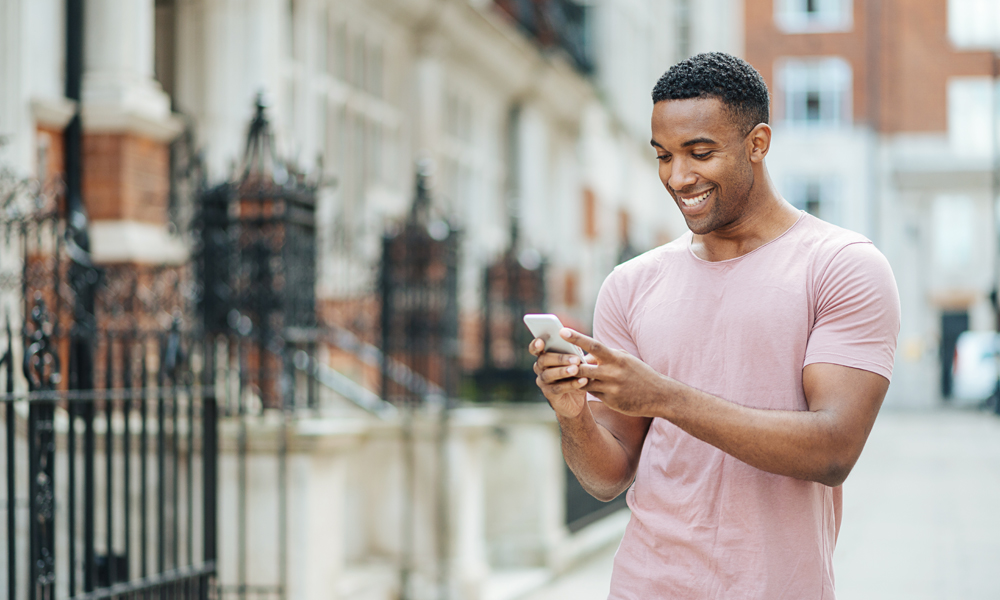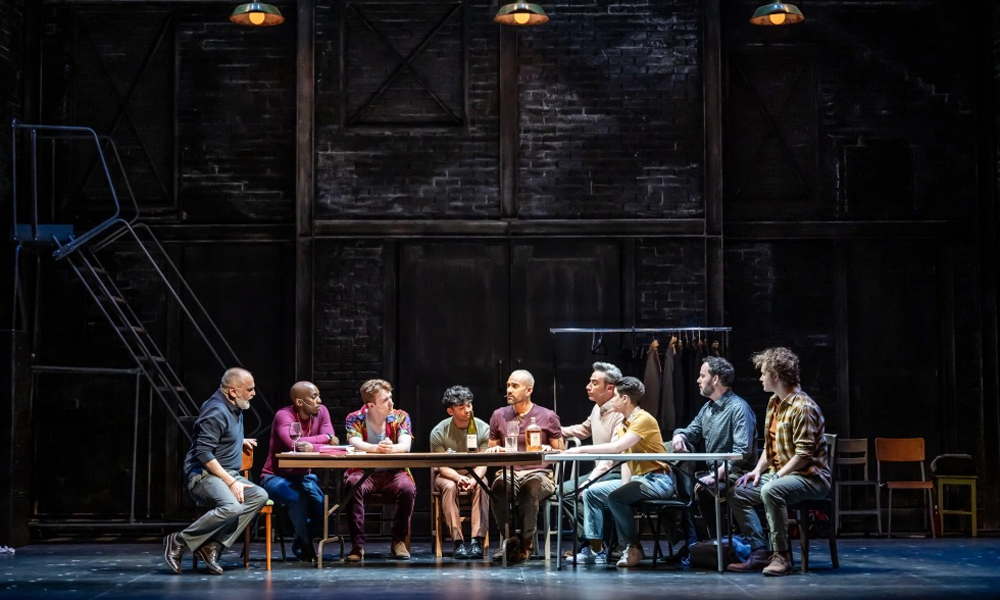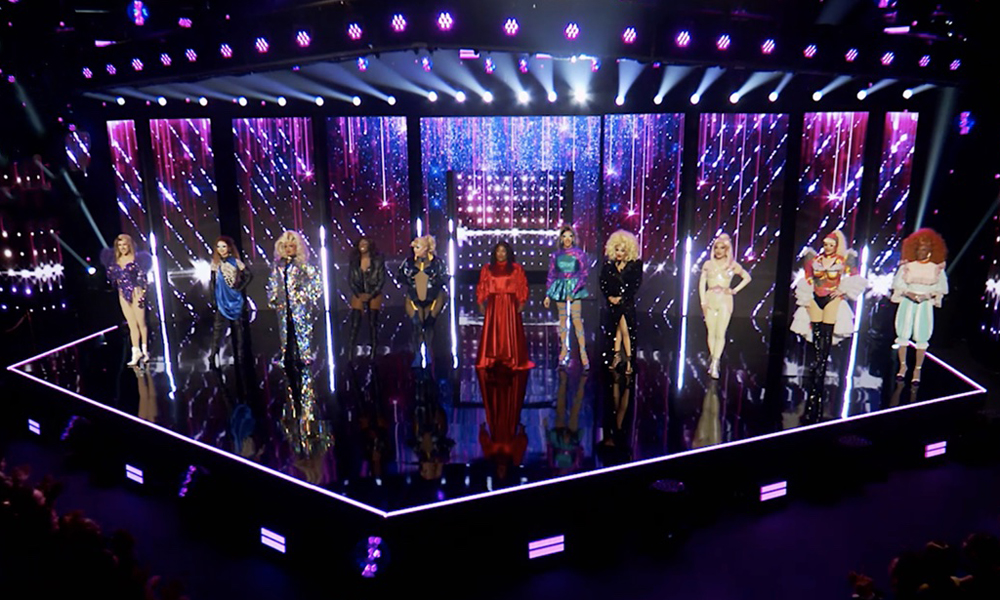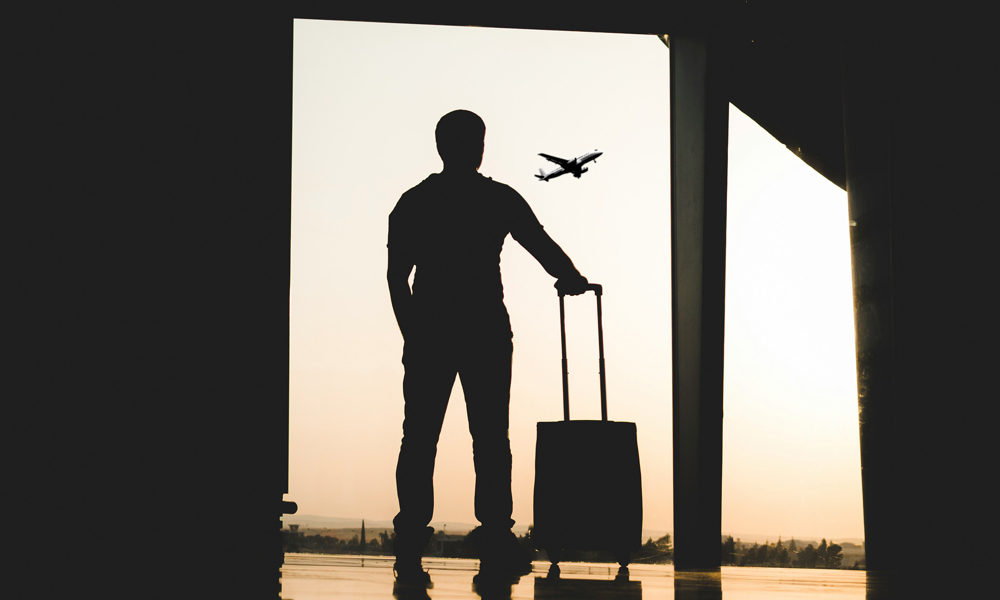Though screens have made life easier, LGBT people still need to get out and take up space…
In the 1984 documentary Hookers on Davie Street (easy to find on YouTube), we see prostitutes of all genders staking out their corners of busy downtown Vancouver neighbourhoods day and night, the West End hustlers easily identifiable in their all-white outfits. We hear interviews about encounters with clients that will make your skin crawl. One trans sex worker tells the interviewer: “He grabbed me by the back of my head and threw me down on the bed, but he didn’t know that right in my leg warmer, I had a knife… It’s my survival or his… I’ve only ever stabbed three people in my life.”
It’s hard to be nostalgic for this era. Street walking is a tough business (which is why there was so much outrage last spring when Craigslist was pressed by US legislators to get rid of its personals section, pushing many sex workers back onto the street). For LGBT people in general, 1980s Canada was much more homophobic, transphobic and all-around sex-phobic. But there was something about the brazenness of the queers of the time, personified by the in-your-face visibility of these sex workers, that was intriguing, maybe even empowering. With so many of them stationed like glamorous security guards around Vancouver’s West End, it was impossible to deny that sex, even gay sex, was happening everywhere, all the time. They took up space and pushed society along by their very presence. It took guts.
By the 1990s, this defiant queer spirit became institutionalized. Big city “gay villages” stopped being demure and discreet: their cafés, bars, bathhouses, bookshops and sexy clothing shops hoisted as many rainbow flags as possible. It was ghetto life, sure, at a remove from where straights would typically go, but it was also liberating. Time spent on Davie or Church or Castro or Christopher or Saint Catherine (if you could afford it and weren’t intimidated by it) could assuage feelings of isolation and lead to new friends and lovers.
In this screen-obsessed new century, brick-and-mortar businesses – including gay villages – have taken a hit. We no longer have to go to a particular place to know that LGBT people exist: gay life can exist right in the palm of our hands. Yet there was something special about being forced to make connections IRL. We had to learn the tricks of in-person seduction, to be tolerant of those who annoyed us. And we were visible to those who didn’t want to see us. “Taking up space” ain’t what it used to be.
Looking for LGBT life on a recent trip to China was, in some ways, like stepping back in time to, say, the 1960s. I visited one spacious multi-roomed sauna in Beijing that had nary a torso poster, AIDS-awareness pamphlet, rainbow flag or condom anywhere – nor any noticeable same-sex affection among its patrons. The video lounge played period dramas. The karaoke room was the busiest gathering spot. A naive straight person taking a walkthrough would have no idea that the male customers were there to enjoy each other rather than the facilities…which was perhaps a social and legal necessity. If there was any hooking up happening, it must have been happening among all the guys staring at their phones. In Shanghai, I went to the address of an underwear-and-sexy-clothing store, only to find it had been converted into a wine bar. When I asked the very sweet bartender if the store had moved elsewhere, he rolled his eyes: “Everybody buys that stuff online!”
Based on my limited experience, it was like China had gone right from the closeted, underground era (the country decriminalized homosexuality in 1997) into the digital era without taking a break for a best-chest contest or two. They had moved from invisibility enforced by law to invisibility empowered by Silicon Valley and Shenzhen.
With sex, companionship, gossip, pictures, videos, music and shopping – all things we used to go out for – just a tap away, haven’t we democratized LGBT life? Haven’t we made the entire Internet-connected world a gay paradise for anyone with a smartphone? Maybe. These days you don’t have to live in a big gay-friendly city to buy yourself a leather harness. But, at the same time, something’s been lost. Though online communities count for something, there’s nothing like physically being in a room with people who drive you crazy with their ideas, their attractiveness or their lack of attractiveness. The stakes are higher, there’s a greater sense of urgency, and it’s harder to walk away from a real-life debate. People who can’t block one another have to learn to get along. The racism, rudeness and trolling that pervade online life are harder to pull off. The wardrobe choices, gestures, eye movements and voice volume and tone—the cadence of real life—tell us much more than Photoshopped photos and over-considered online bios.
Then there are our sex lives. Though statistics on sexual behaviour are hard to come by (especially in Canada, and doubly hard for LGBT people), there’s evidence in the US that the craving for online porn has displaced the desire for real sexual contact. The Youth Risk Behavior Survey found that, between 1991 and 2015, the number of students in grades 9 through 12 who had ever had sex decreased from 54.1 per cent to 41.2 per cent. The number of young people who were currently sexually active declined as well. This also seems to be true for adults. In the US General Social Survey, the number of respondents who reported having sex “not at all” in the previous 12 months increased by 42 percent between 1993 and 2016. The Atlantic magazine reports that from the late 1990s to 2014, the average American adult went from having sex 62 times a year to 54 times.
Perhaps LGBT people are an anomaly, consuming Internet porn while remaining sexually active. A 1990 UK survey found that 1.5 per cent of men and 0.8 per cent of women reported having at least one sexual partner of the same sex in the past five years. By 2013, 2.9 per cent of men and 4.7 per cent of women reported such behaviour. That’s almost six times as much lesbianism! But you could argue that there were so few brick-and-mortar venues for lesbians to begin with, they had everything to gain and nothing to lose by casting their sapphic nets online.
Still…out of sight, out of mind. I think that’s why Pride has become such a contested space; it’s one of the only times, in this era, when being queer means getting out and taking up space. And getting out and showing we exist remains important. No matter how many apps we have at our disposal, we’ll always be outnumbered – but we can show the world we’re real.
—
PAUL GALLANT is a Toronto-based writer and editor who writes about travel, innovation, city building, social issues (particularly LGBT issues) and business for a variety of national and international publications. He’s the executive editor of BOLD, a global travel magazine for Canadians.

Modern Invisibility
Related Articles
Why ‘The Inheritance’ Has Captured The Imagination Of Gay Audiences
Written by Matthew Lopez, the messy play about an absence and how to fill it, has completely captured the imagination of gay audiences
RuPaul’s Drag Race Season 16 Episode 15 RECAP: Lip Sync LaLaPaRuza Smackdown – Reunited
Reunited, and it feels so good. All of the eliminated queens return to the main stage to lip sync for their chance to win a cash prize of $50,000
Travel Your Way To Better Health
Take your love of travel and combine it with a wellness goal – these five types of personal improvement getaways will have you coming home a better you





POST A COMMENT